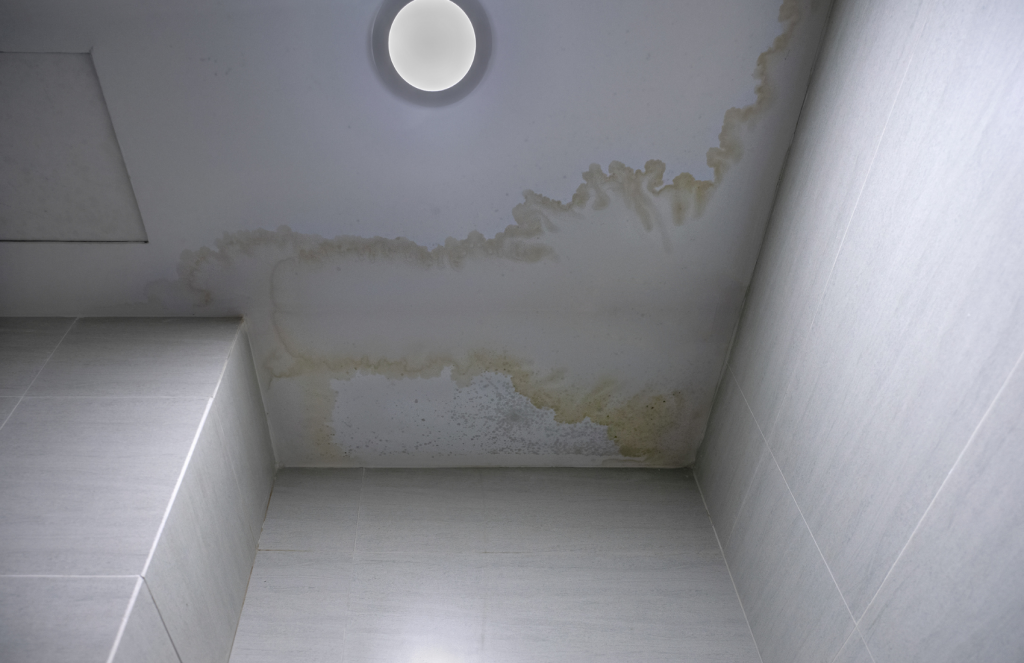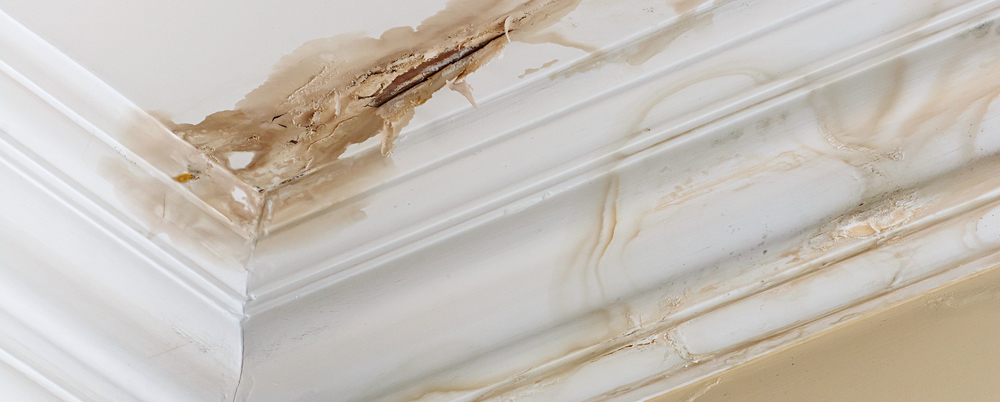Rainy weather can be a source of comfort, but it can also bring unwelcome surprises. One common issue that homeowners face is the appearance of water spots on their ceilings after a heavy rain. These spots not only affect the aesthetics of your home but can also signal potential roof or structural problems. In this article, we will delve into the causes of water spots on the ceiling after rain and provide guidance on how to address and prevent this issue.

Why Do Water Spots Appear After Rain?
Water spots on the ceiling are often a sign of a leak in your roof or another part of your home’s structure. When it rains, water can infiltrate your home through various pathways, including:
- Roof Leaks: The most common cause of water spots is a leaky roof. Missing or damaged shingles, compromised flashing, or improper sealing can allow rainwater to penetrate your home.
- Clogged Gutters: Gutters that are clogged with debris can’t effectively divert rainwater away from your home. As a result, water can overflow and seep into your roof and walls.
- Condensation: In some cases, water spots may not be caused by leaks but by condensation. When warm, moist air from inside your home meets a cold ceiling, it can create condensation that appears as water spots.
Identifying the Source of the Problem
To address water spots on your ceiling, you first need to identify the source of the issue. Here are some steps to help you pinpoint the problem:
- Inspect the Attic: Start by examining your attic during or immediately after a rain shower. Look for signs of moisture or dripping water. This can help you identify the location of the leak.
- Check the Roof: If it’s safe to do so, inspect your roof for missing or damaged shingles, cracked flashing, or other visible damage. Pay attention to areas where water spots are present on the ceiling.
- Examine the Gutters: Ensure that your gutters and downspouts are clear of debris and properly functioning. Clogged gutters can lead to water overflow, which may be the source of the problem.
Read too: What Causes Water Stains On Ceiling
Addressing Water Spots
Once you’ve identified the source of the issue, you can take steps to address water spots on your ceiling:
- Repair Roof Leaks: If the problem is a roof leak, it’s essential to address it promptly. Depending on the extent of the damage, you may need to patch the area or replace damaged shingles. Consider consulting a professional roofer for more extensive repairs.
- Clean Gutters: If clogged gutters are the issue, clean them out to ensure proper water drainage. Regular gutter maintenance can prevent future water spots.
- Improve Ventilation: If condensation is the culprit, consider improving the ventilation in your home. Proper insulation and ventilation can reduce condensation and prevent water spots from forming.
Preventing Future Water Spots
Prevention is key to avoiding the recurrence of water spots on your ceiling after rain. Here are some preventative measures to consider:
- Regular Roof Inspections: Schedule annual roof inspections to catch and address potential issues before they result in water spots.
- Gutter Maintenance: Keep your gutters clean and in good condition to prevent water overflow and roof leaks.
- Seal Gaps: Ensure that your home is well sealed to prevent rainwater from entering through gaps or cracks in the structure.
- Improve Attic Insulation: Adequate attic insulation can help reduce condensation and moisture buildup.
Conclusion
Water spots on the ceiling after rain are a common issue, and they often indicate a problem with your roof or home’s structure. Identifying the source of the issue and taking prompt action can prevent further damage and maintain the integrity of your home. Regular maintenance and preventative measures are key to keeping your home dry and free from water spots.
